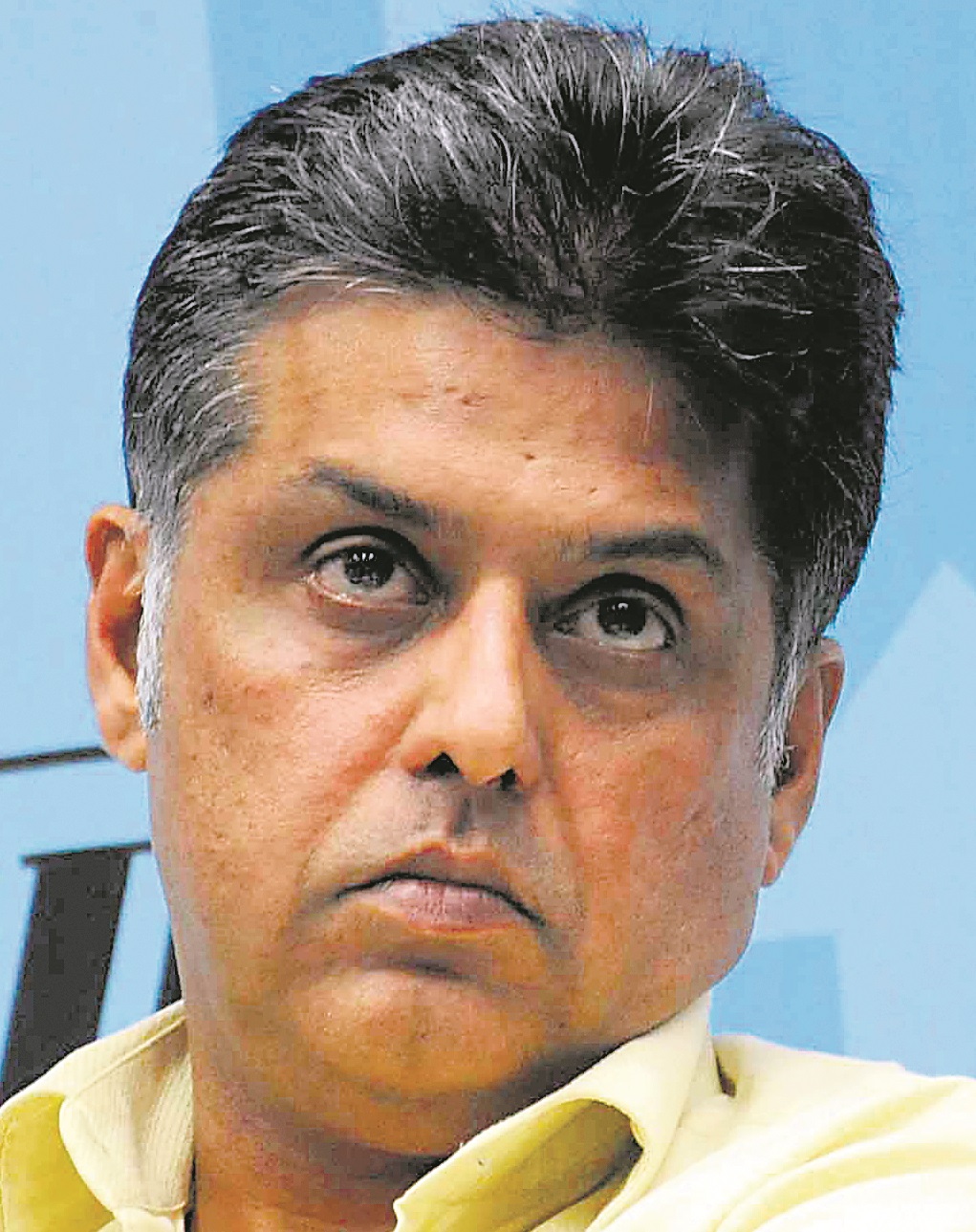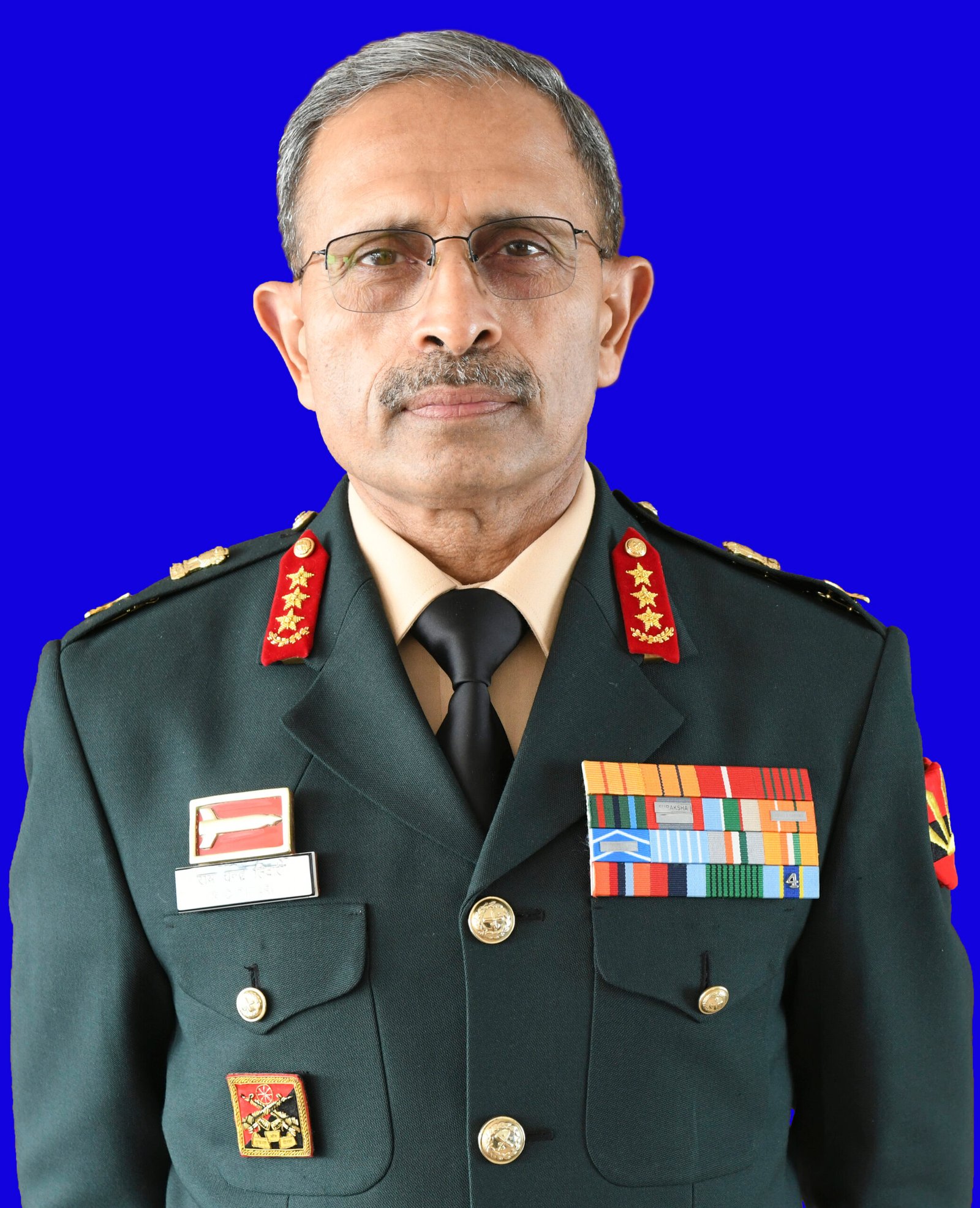
Three Baloch “pro-independence” armed groups have claimed responsibility for a series of attacks across Balochistan on Thursday, reportedly killing 14 Pakistani military personnel and 2 alleged agents, while injuring several others, reported Balochistan Post.
BLA Claims Responsibility For Three Separate Attacks
The Baloch Liberation Army (BLA) claimed responsibility for three separate attacks in Mach, Turbat, and Mastung. In a statement to the media, BLA spokesperson Jeeyand Baloch said that the group’s fighters targeted Pakistani military personnel and alleged state agents.
In the first attack, BLA fighters ambushed Pakistani forces at Panir Station in Mach, Bolan district. According to the BLA, one Pakistani soldier was killed in a sniper attack, followed by an assault on the military post using automatic weapons. The group claimed there were further casualties and damage to military equipment.
In a second attack, BLA fighters killed Amanullah, an alleged agent of a “state-backed death squad” in the Noodaz area of Turbat. The BLA accused Amanullah of involvement in enforced disappearances and raids on civilians since 2011. Another associate of Amanullah was reportedly injured in the attack.
Jeeyand Baloch added that four days prior, in Spilinji Muru, Mastung district, BLA fighters captured Mujeeb ur Rehman, an alleged agent working for Pakistan’s military intelligence.
According to the BLA, Rehman had been posing as a “Malang” (wandering ascetic) to avoid detection. During interrogation, he reportedly admitted to working as an informer for Pakistan Army’s Military Intelligence (MI) for ten years in Quetta, Spilinji, and Maru.
The BLA further said that Rehman disclosed his direct involvement in the enforced disappearances of Baloch students and raids on Baloch civilians’ homes. The group claims that Rehman was tried by the “Baloch National Court,” sentenced to death, and subsequently executed.
BLF Ambush In Tump Leaves Four Soldiers Dead
The Balochistan Liberation Front (BLF) claimed responsibility for an attack in the Gomazi area of Tump, where four Pakistani soldiers were killed and two others wounded.
BLF spokesperson Major Gwahram Baloch said that BLF fighters ambushed Pakistani forces as they were returning from a military operation in Tump’s mountainous regions. Using guerrilla warfare tactics, the fighters attacked the convoy, killing four soldiers on the spot. The BLF fighters reportedly withdrew safely after the ambush.
The BLF spokesperson said the group accepts responsibility for the Gomazi attack and vowed to continue its operations until the “complete withdrawal of enemy forces” from Balochistan is achieved.
BRA Attack in Dera Bugti: Nine Soldiers Killed
The Baloch Republican Army (BRA) claimed responsibility for another attack in the Sughari area of Dera Bugti district. According to BRA spokesperson Sarbaz Baloch, nine Pakistani soldiers were killed and 11 others injured when a military convoy was targeted with a remote-controlled bomb, followed by an assault with rockets and automatic weapons.
The BRA accused the Pakistani military of shelling civilian areas in Dera Bugti’s Lanju, Sughari, and Raees Tokh regions in recent days. The group said its attacks were in retaliation for these military operations and warned of continued resistance.
Agencies














































































